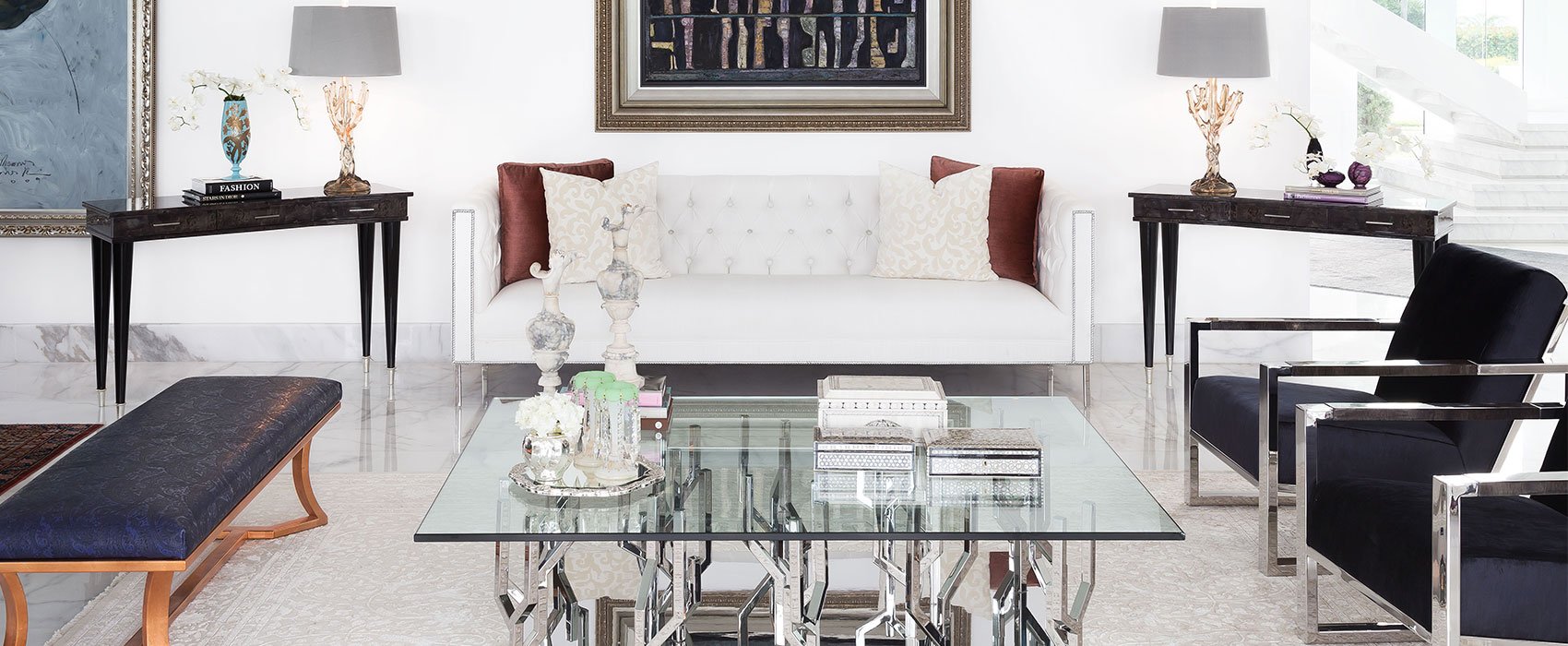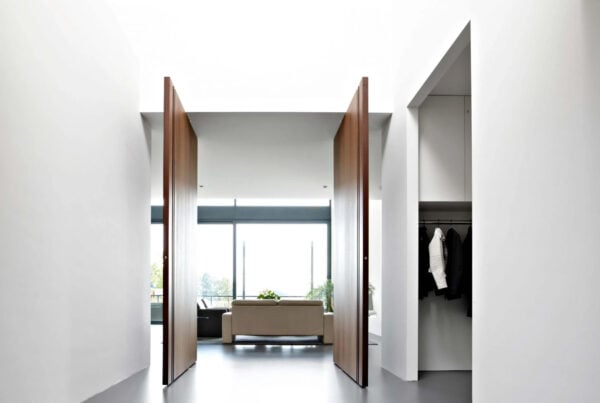Luxury is an ephemeral term and is difficult to explain, let alone define. However, most luxury properties focus on elegance, comfort and customization to incorporate the highest degree of interior design. Read this article to learn about the process involving a luxury interior design project.
The Process of Interior Design
-
Briefing
When you contact an interior designer for the first time, set out your design brief, plans, pictures, budget and the desired timespan. A design brief should include all your reference images, desired style, preferred colours and materials.
In a nutshell, all the elements that will help the designer understand and visualize your vision. Be it a new or a renovation project, follow the same measures. The professional seeks an accurate idea about the project, such as whether a family or just an individual will utilize the space.
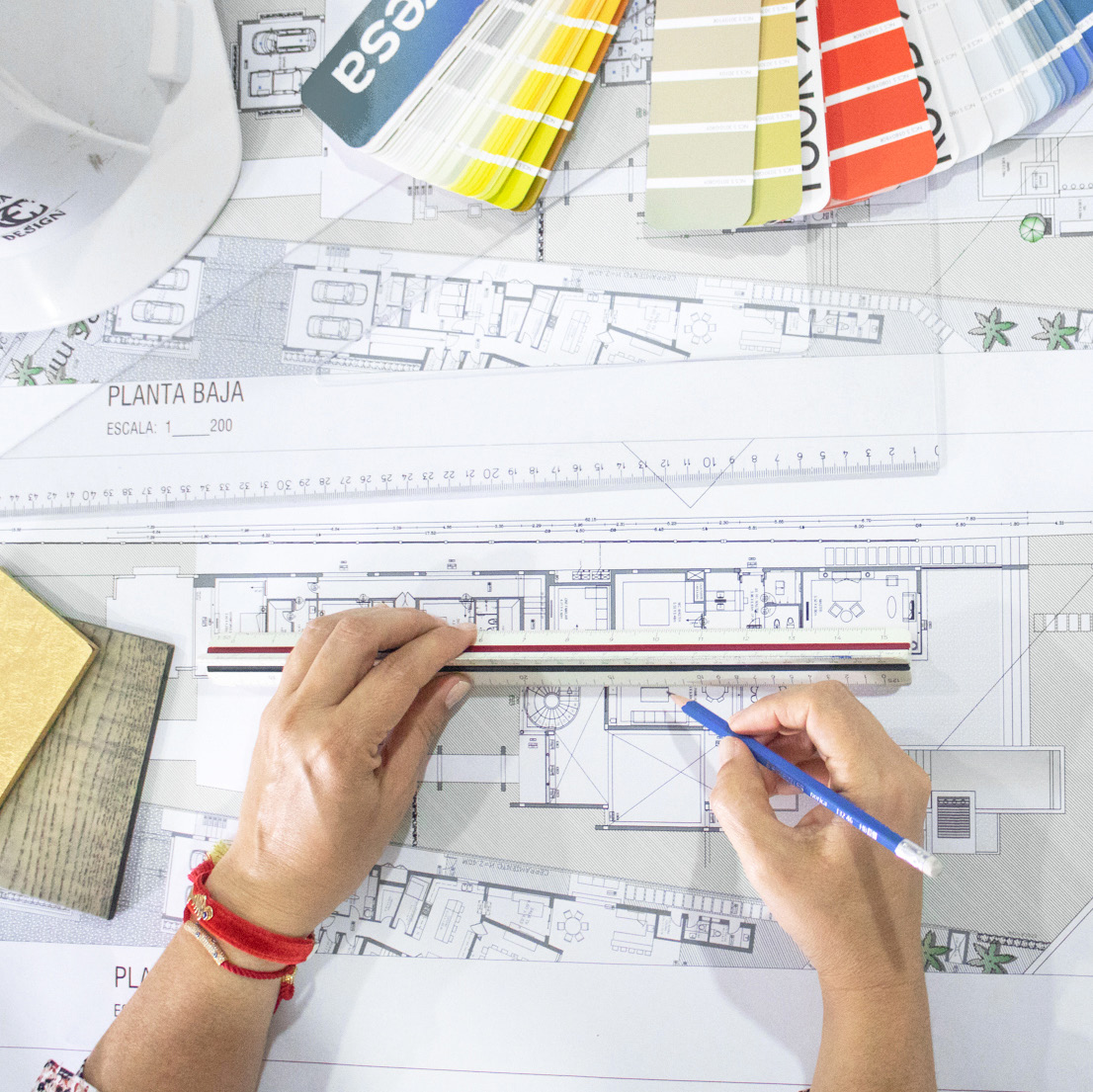
-
Early Collaborations
Most designers come with their teams. Designers and architects working together can be very beneficial to obtain unique spaces since they can both adjust for the project.
For example, an interior designer may want to add an arch to the room, or, on the other hand, the architect /builder would like to take the designer’s opinion on which material and finish they should use for the walls. All these details will make the difference in the final result and could even optimize the budget when all parties collaborate in the process.
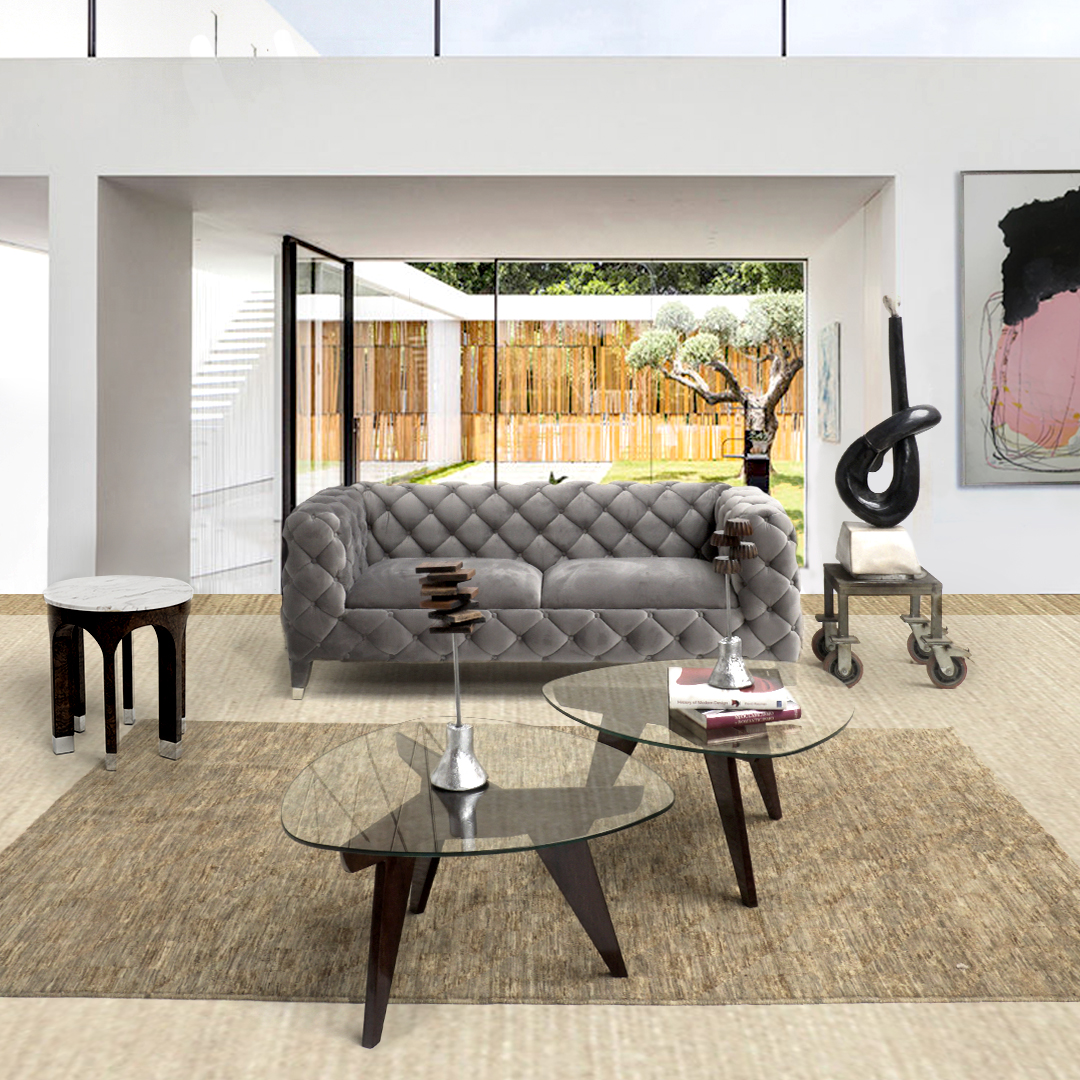
-
Rendering or Pre-Visualization
The designer presents 3-dimensional images, also called interior design or architectural renders, to come up with unique features. This helps them think and visualize the space. The renders tell you what to put where, an estimate of the projected cost of the work, potential, specifications and a schedule for the estimated submission of the project.

-
Material Selection
Getting a clear objective in the style and finishes is crucial to creating a successful result. Therefore, the designer knowing about your expectations and preferences regarding the tone, fabrics, appeal and more should show you real samples of the materials or catalogues.
This will give you a better understanding of the luxury interior design they are developing for you. This stage will also help close the uncertainty gap about the costs that vary significantly depending on the type of materials chosen.
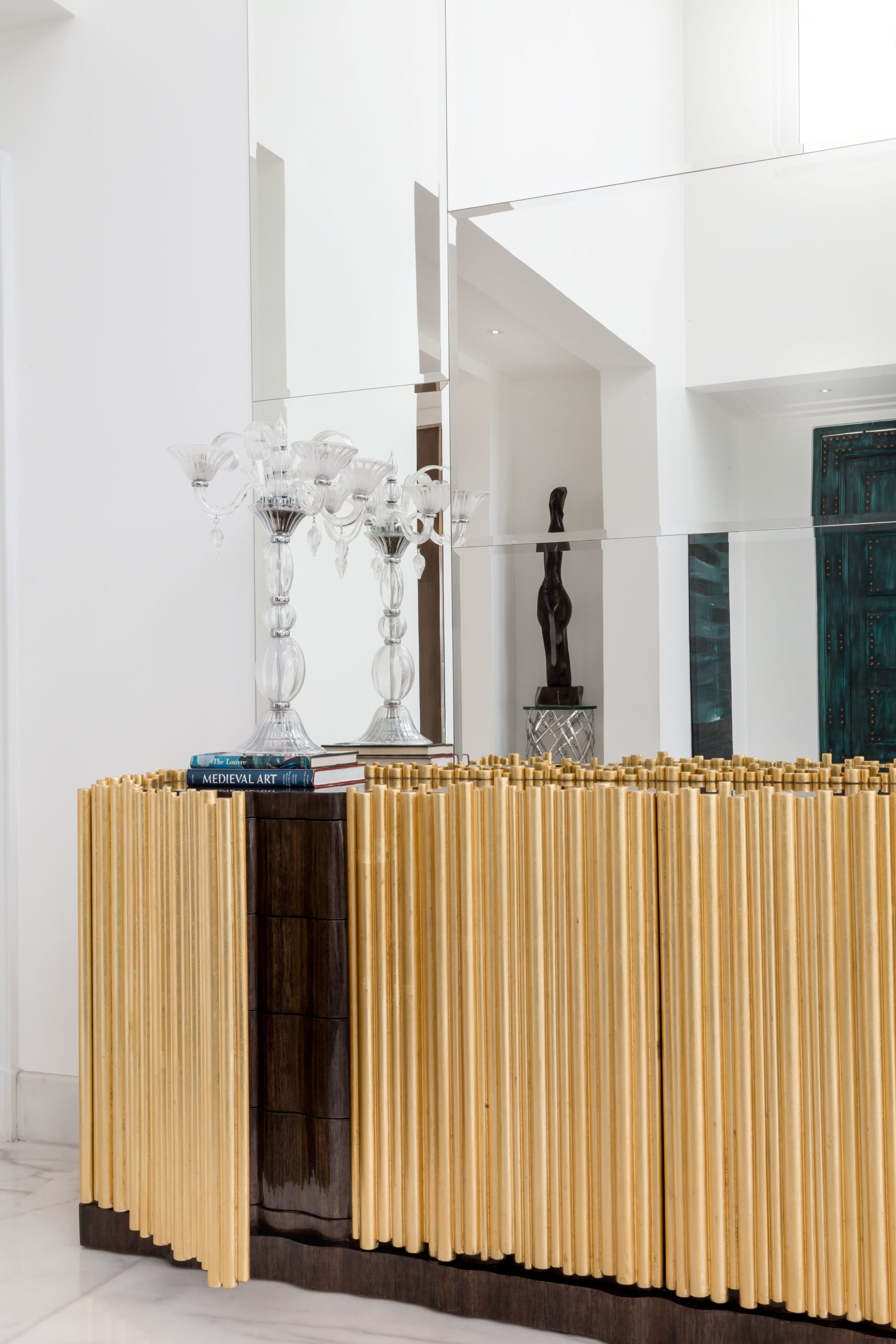
-
Final Budget
When examining the blueprints and plan in the design, ensure it complies with your financial and functional requirements.
An important note to this stage, the interior designer and his/her team has invested time and resources to come up with your required design, in most cases they will require you to pay for the design.
Some designers will deduct the design quote if the project is developed and executed by them. Otherwise, you will be paying for it since the work has been done uniquely for you.

-
Payment for an Interior Design Project
The next step in designing your home with luxury décor is about the payment. Interior designers usually require a 50% payment or more depending on the complications involved in the project.
The reason for this down payment? They as well will have to pay for pre-orders of materials and salaries in advance for the manufacturing planning stage. Additionally, most designers won’t see the full payment until the project is fully completed.

-
Purchasing and Execution
Now is the time to source materials, finishes and equipment. Designers gather timber, stone, fabrics, metals, rugs, or whatever is required to dress the space. Luxury interior designers usually do not buy from regular stores.
They partner with the most exclusive and the best businesses and manufacturers, also called trades, who strive to maintain the authenticity of creation. Such partners never compromise on quality.


